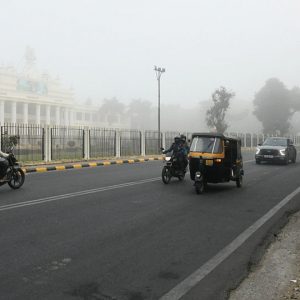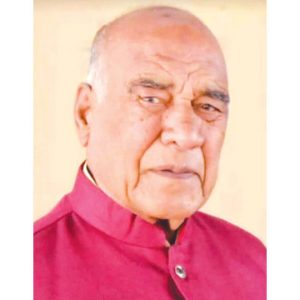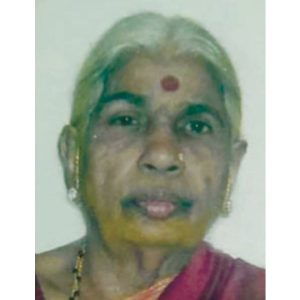Mysore/Mysuru: Retired Professor N.S. Rangaraju, from the Department of Ancient History and Archaeology at the University of Mysore, underlined the significance of the Department of Archives in unearthing valuable insights from history.
Rangaraju, who is also the Member of District Heritage Conservation Committee, was speaking during the valedictory of a seminar on ‘Unification of Karnataka, Identity of Kannada,’ exhibition of historical records and photography exhibition, organised jointly by Mysore Divisional Archives and Karnataka State Department of Archives at Vidyavardhaka First Grade College, Seshadri Iyer Road on Monday.
Rangaraju, sharing his own experience, recounted an incident where he wrote an article titled ‘Karnatakadalli Gandhi’ for a book planned by Gandhi Bhavan, University of Mysore. When he presented the article, focusing on the ‘Mysore Chalo’ movement and its leader Ramaswamy, Prof. K.C. Basavaraju raised objections, pointing out the omission of two other leaders who had sacrificed their lives in the movement.
Prompted by this, Rangaraju delved into the Archives Department for a week, eventually discovering the names Ranga and Thoranayaka, which had been published in ‘Sadhvi’ newspaper in 1947. Although these names were mentioned in the ‘Mysuru Darshana’ published by Karnataka State Open University (KSOU), only Ramaswamy had been honoured with a Circle named after him.
Rangaraju emphasised the importance of utilising the resources available in the Archives, including the published letters spanning four volumes, encouraging researchers and students alike to make the most of these historical records for their academic pursuits.
Nalwadi Krishnaraja Wadiyar’s dedication to Kannada is evident through the coins issued during his reign, which feature Kannada numerals. These copper coins bear Kannada numerals from 1 to 25, along with the inscription ‘Sri Krishna’ in Kannada and the year of minting on the other side. Prof. Rangaraju mentioned that he has these coins in his collection.
An inscription dating back to the Kadamba reign includes numerals from 1 to 9, which is the highest numerical range found in any historical inscription. B.R. Gopal of the University of Mysore is credited with excavating this inscription and publishing his findings. Rangaraju stressed the importance of recognising and honouring individuals who have contributed to Kannada.
Senior Assistant Director of the Mysore Divisional Archives Office, H.L. Manjunath, also addressed the gathering. The valedictory address was delivered by retired Deputy Director of Archives, Dr. J.V. Gayathri. Deputy Director of the Karnataka State Archives Department in Bengaluru Dr. Sadanandappa Nelkudri, Senior Assistant Director Mahesh, Principal of Vidyavardhaka First Grade College Dr. S. Marigowda and others were present.
Letters are historical treasure
The letter correspondences between the dignitaries of yore and photography evidences are the treasure trove of history. It is also a way to reminisce those who lived then. Moreover, these letters and photographs gives a peek into the developments related to division of States and unification of Karnataka. Kannada language has received contributions from various fields including Kannada cinema, where the film lyricists have made rich contributions through songs, kindling the spirit of Kannada among unlettered people.”
—Dr. J.V. Gayathri, retired Deputy Director of Archives







Recent Comments